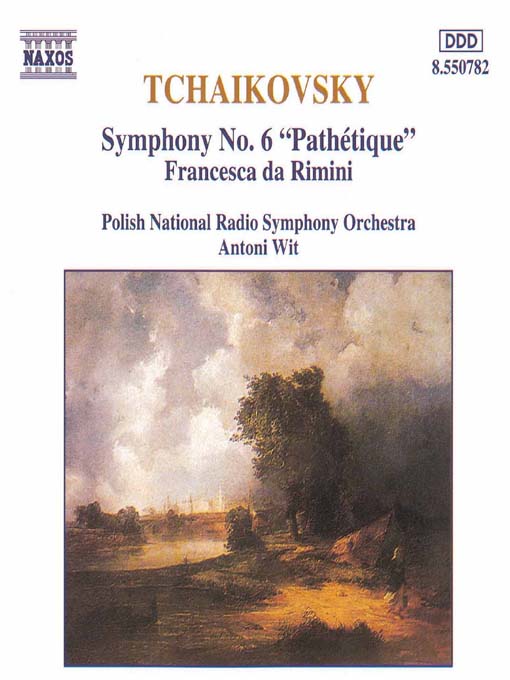 I had a hard time sleeping last night so I went over to my sister’s old room (where all my records are now) and picked up the first Tchaikovsky record I could find (I only have his symphonies 4-6 on vinyl) since it was dark and I didn’t want to make too much noise. I put it on the finale for this symphony (Symphony No. 5 in Em) and was astonished at the difference in everything from tone, melody to overall structure in comparison to his final symphony.
I had a hard time sleeping last night so I went over to my sister’s old room (where all my records are now) and picked up the first Tchaikovsky record I could find (I only have his symphonies 4-6 on vinyl) since it was dark and I didn’t want to make too much noise. I put it on the finale for this symphony (Symphony No. 5 in Em) and was astonished at the difference in everything from tone, melody to overall structure in comparison to his final symphony.While the last movement again as some difficulty with the major coming through the minor, many have depicted this as Tchaikovsky’s way of showing “victory through failure” or “triumph in strife.” Mostly, it’s a propulsive and driving finale that showcases just how strikingly passionate and skillful Tchaikovsky was. And the closing breakthrough, with the melody brought out by different instruments is still very powerful.
But the second movement, especially, has to be one of the most gorgeous representations of what a melodic horn line is supposed to be. Not only is it richly colorful but here, Tchaikovsky has crafted something both illustriously grand and vividly clear. The violins trade off with the horn but in terms of its remarkable scope, it’s still one of my favorite melodies. Videos for each follow below (with the video for the fourth movement a crazy good version conducted by Bernstein,) please check them out and I promise to post some ‘more interesting’ music soon. – Bryan
Movement Two: Andante cantabile, con alcuna licenza (DM)
Movement Four: Andante maestoso – Allegro vivace (EM>Em>EM)


